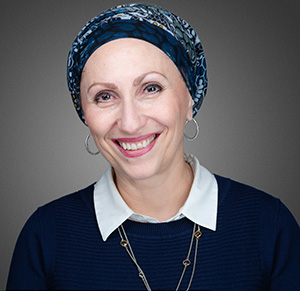You’re on your Own

Foster care can provide warmth and security for children growing up in unstable, chaotic homes. But what happens when these children reach adulthood, and are tossed out of the system?

You’re on Your Own, Kid
But not every young adult has had the good fortune to grow up in his parents’ home. Even in our own circles, children have been removed from their natural parents’ homes and placed in foster care, where their day-to-day dealings are with parents who have no biological or long-term legal ties to them.
When these young people turn 18, their foster parents no longer bear any obligation to care for them, nor receive money for their support. (If foster children pursue higher education, they may remain in the system until age 21.) In the secular world, this usually means that foster children are turned out into the world and abruptly expected to live independently.
The outcome statistics are grim. Of the 23,439 children who aged out of foster care in the US in 2012, one in five will be homeless, and fewer than 3 percent will earn a college degree. Only half will be gainfully employed by age 24, and a shocking 71 percent of the women will be single mothers by age 21.
Fortunately, the picture is radically different in frum foster care. “I’d say 98 percent of our foster kids stay with their foster families after they age out,” says Shelley Berger, director of the foster care division and prevention programs at OHEL. “Unlike in the non-Jewish world, our foster parents don’t sign up for the money or as part of a faith-based initiative. Most remain part of their foster children’s lives for years afterward.”
OHEL foster children typically remain in the system till 21 in order to continue yeshivah learning or pursue a degree or vocational training; arrangements are sometimes worked out for a child to suspend his foster status while he or she spends a year or two learning in Eretz Yisrael. Some foster children have special needs or disabilities that require special education; upon aging out, they may move to residences or supported apartments. All foster children remain enrolled in Medicaid until they’re self-supporting and making enough money to afford their own care (or have it provided by an employer).
“I don’t understand the term ‘age out,’” says Mrs. Elaine Schickman, an eight-time foster mom who raised two biological children as well. “They’re not yours anymore just because they turned 21?” In the Schickman home, the foster children truly became part of the family. Five never returned to their natural families and remained living with the Schickmans. Though they all underwent the expected rocky adjustment period, today those children are in their 30s, married, and have a strong desire to give back. Several work as OHEL social workers, and some even named “grandchildren” after deceased foster grandparents.
“My only regret is that I didn’t start doing it earlier!” Mrs. Schickman now says. “I could have saved a lot more kids.”
Oops! We could not locate your form.






